Comments
- No comments found
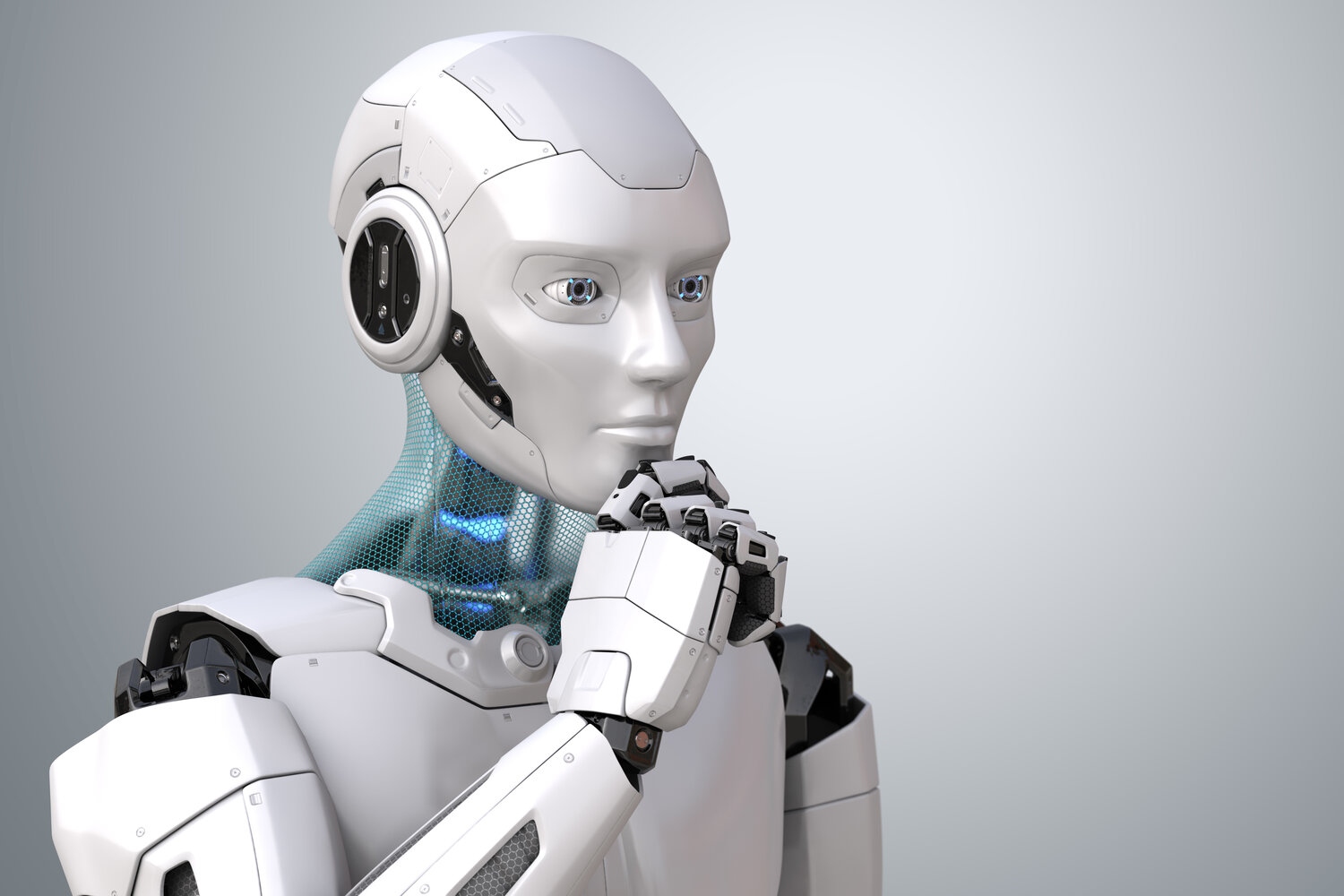
Graph neural networks (GNNs) can be useful for reasoning in artificial intelligence (AI), especially in domains that involve structured data, such as social networks, recommendation systems, and chemical compounds.
GNNs are a type of neural network designed to operate on graph data structures. Graph neural networks have shown impressive results in a variety of domains, such as computer vision, natural language processing, and recommendation systems. In this article, we will explore the potential of GNNs for reasoning in AI.
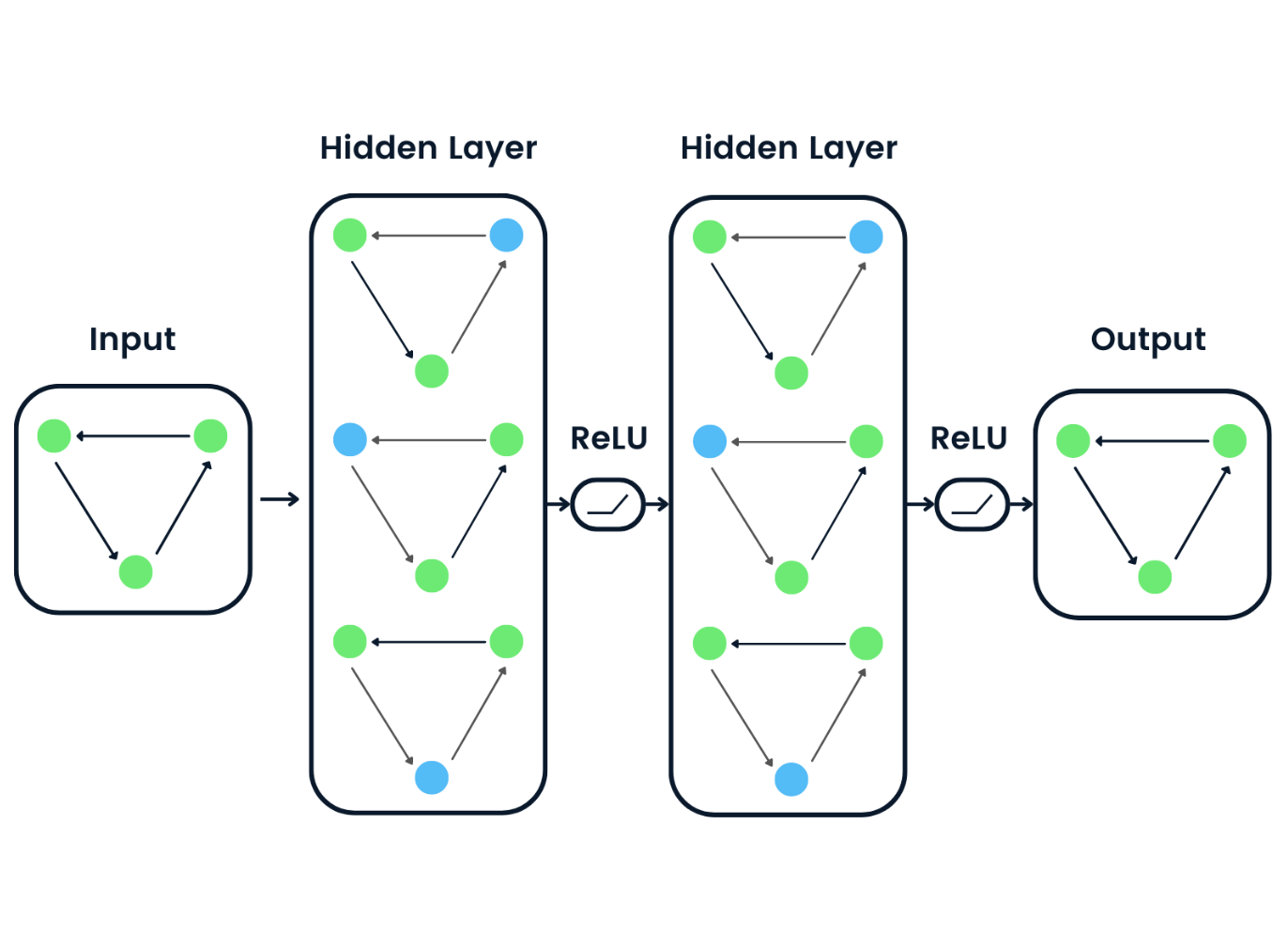
Source: Data Camp
Graph Neural Networks are a type of neural network designed to operate on graph data structures. A graph is a collection of nodes (also called vertices) connected by edges. GNNs operate on the node and edge features to perform tasks such as node classification, link prediction, and graph classification.
GNNs operate by propagating information between nodes through the edges. At each layer of the network, the node features are updated based on the features of the nodes connected to them. The process is repeated for several layers, allowing the network to capture information from distant nodes.
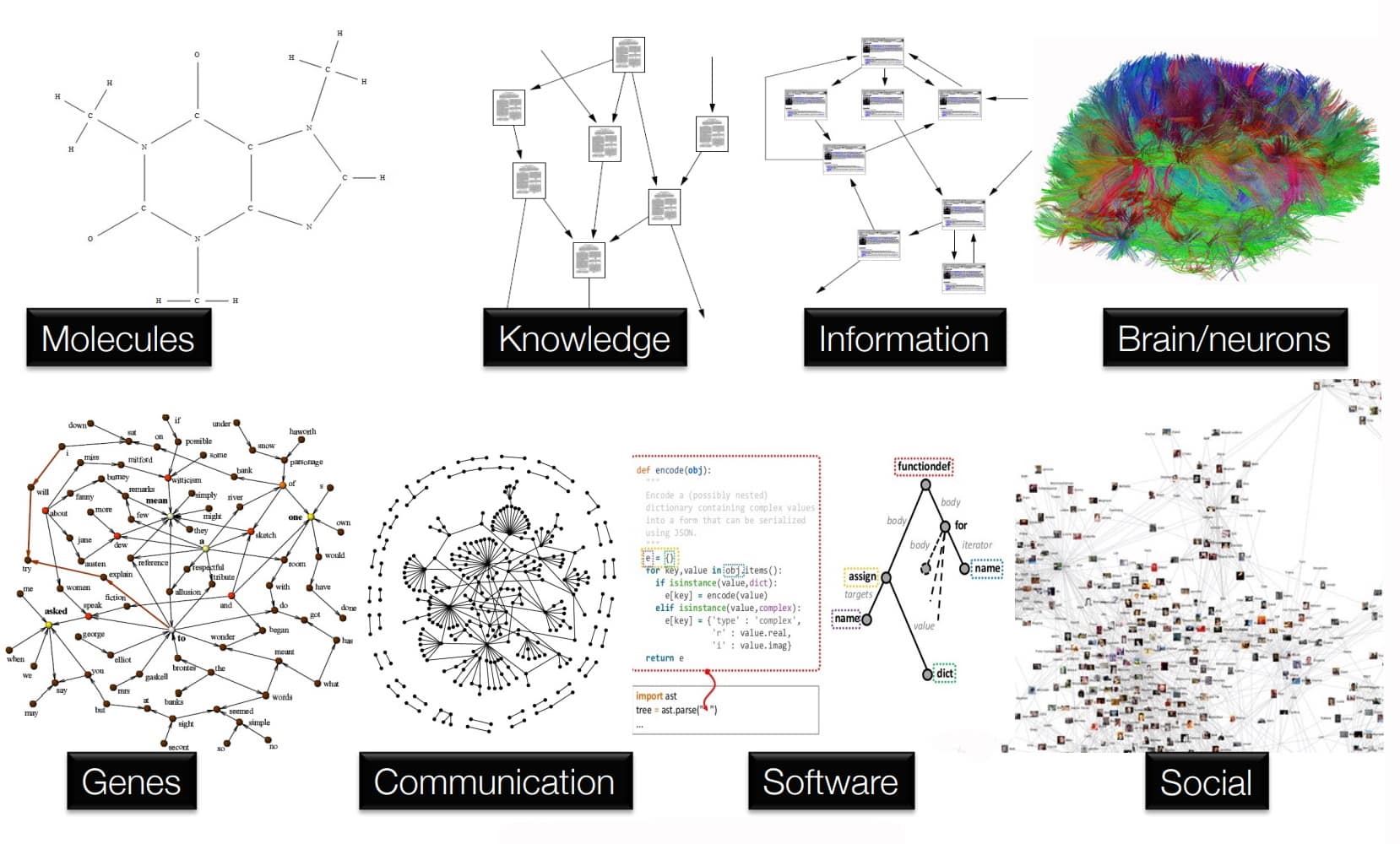
Source: NVIDIA
The architecture of GNNs typically consists of several layers of message passing, followed by a graph-level aggregation step. The message passing layers perform the computation of node features based on their neighbors, while the graph-level aggregation step summarizes the node features to compute the final output of the network.
Reasoning is a fundamental aspect of human intelligence, and it is a critical component of AI systems. The ability to reason allows AI systems to make logical deductions, solve problems, and understand the world. Graphs are a natural way to represent complex data, and GNNs are well suited to operate on graph data structures. This makes GNNs a promising candidate for reasoning in AI.
One of the key advantages of GNNs is their ability to capture the structure of the graph. The structure of the graph can be used to encode prior knowledge about the domain, which can be useful for reasoning. For example, in a social network, the structure of the graph can be used to capture the relationships between people, which can be used to make predictions about their behavior.
GNNs also have the ability to perform multi-hop reasoning, which is the ability to reason about information that is several steps away in the graph. This makes GNNs useful for tasks such as question answering, where the answer may be several steps away in the graph.
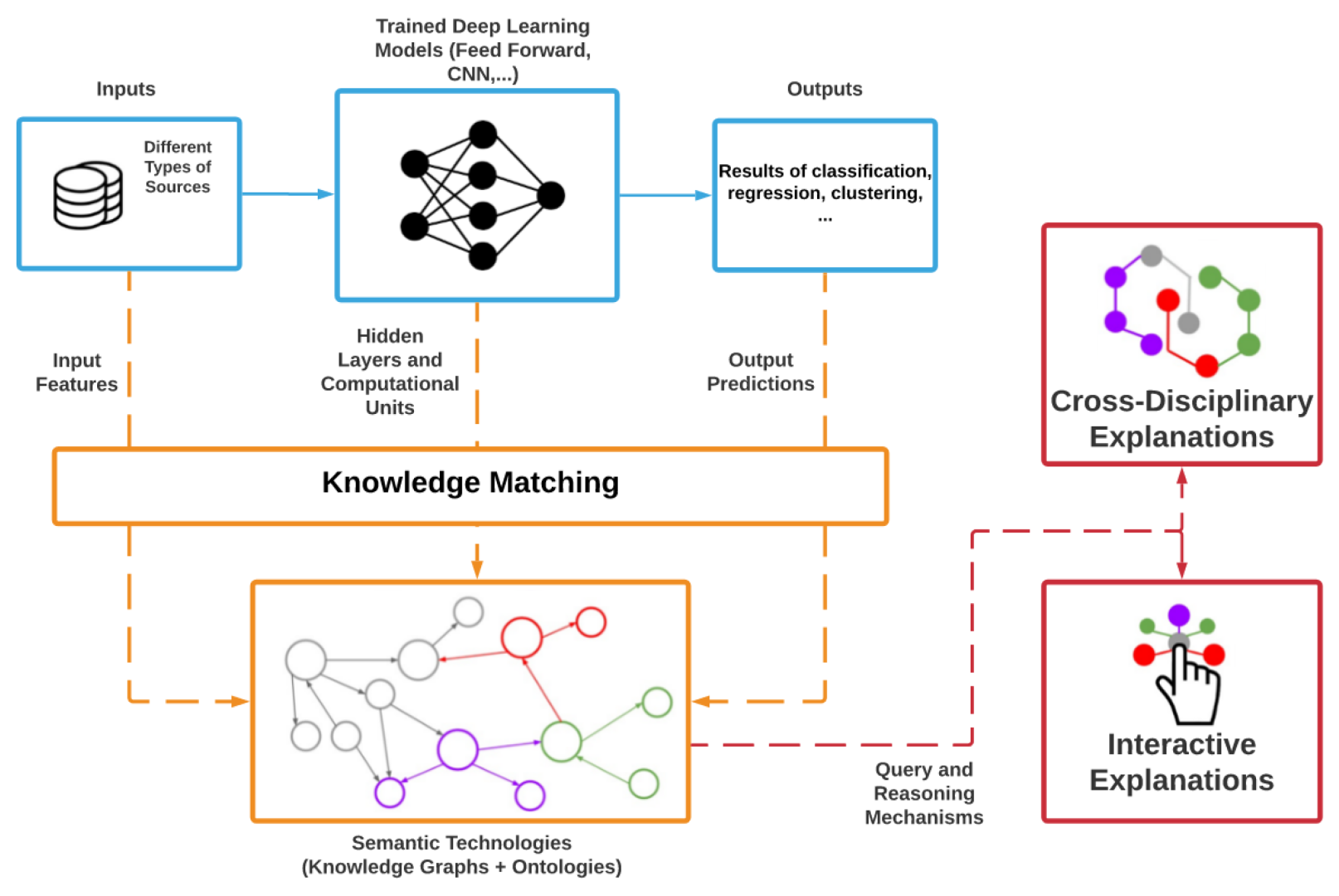
Source: MDPI
There are several applications of GNNs for reasoning in AI. One of the most promising areas is in the field of knowledge graphs. Knowledge graphs are large-scale graphs that represent knowledge about the world. They are useful for tasks such as question answering and recommendation systems.
GNNs can be used to perform reasoning on knowledge graphs by propagating information between nodes. For example, given a knowledge graph about a specific domain, GNNs can be used to answer questions by performing multi-hop reasoning to find the answer.
Another area where GNNs can be useful for reasoning is in natural language processing. GNNs can be used to represent sentences as graphs, where nodes represent words and edges represent the relationships between words. This allows GNNs to perform reasoning on natural language sentences, such as question answering and sentiment analysis.
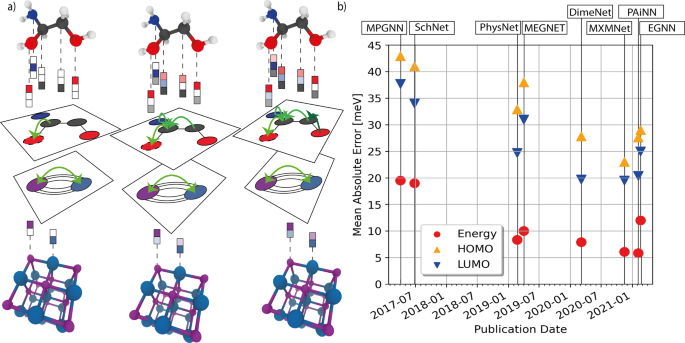
Source: Nature
Graph Neural Networks are a promising candidate for reasoning in AI. They have the ability to capture the structure of the graph, perform multi-hop reasoning, and are well suited to operate on graph data structures. There are several applications of GNNs for reasoning in AI, including knowledge graphs and natural language processing. As the field of GNNs continues to advance, we can expect to see even more innovative applications of this technology in AI. One promising area is in the development of more sophisticated reasoning systems that can handle complex relationships and dependencies between entities in a graph.
For example, a GNN could be trained to reason about the relationships between different variables in a complex system, such as a financial market. By analyzing patterns and dependencies in the graph, the network could make predictions about how the system is likely to behave in the future. This could be incredibly valuable for investors and financial analysts looking to make informed decisions about where to invest their money.
Another promising application of GNNs is in the development of more sophisticated natural language processing systems. By using graphs to represent the relationships between different words and concepts in a sentence or document, GNNs could enable more accurate and nuanced language processing. This could be especially useful for applications like chatbots and virtual assistants, where the ability to understand and respond to natural language input is critical.
Graph Neural Networks have the potential to revolutionize the field of AI by enabling more powerful and sophisticated reasoning and analysis. While the technology is still relatively new and there are many challenges that need to be addressed, the promise of GNNs is clear. As researchers continue to explore the possibilities of this exciting new technology, we can expect to see even more groundbreaking applications in the years to come.
Leave your comments
Post comment as a guest